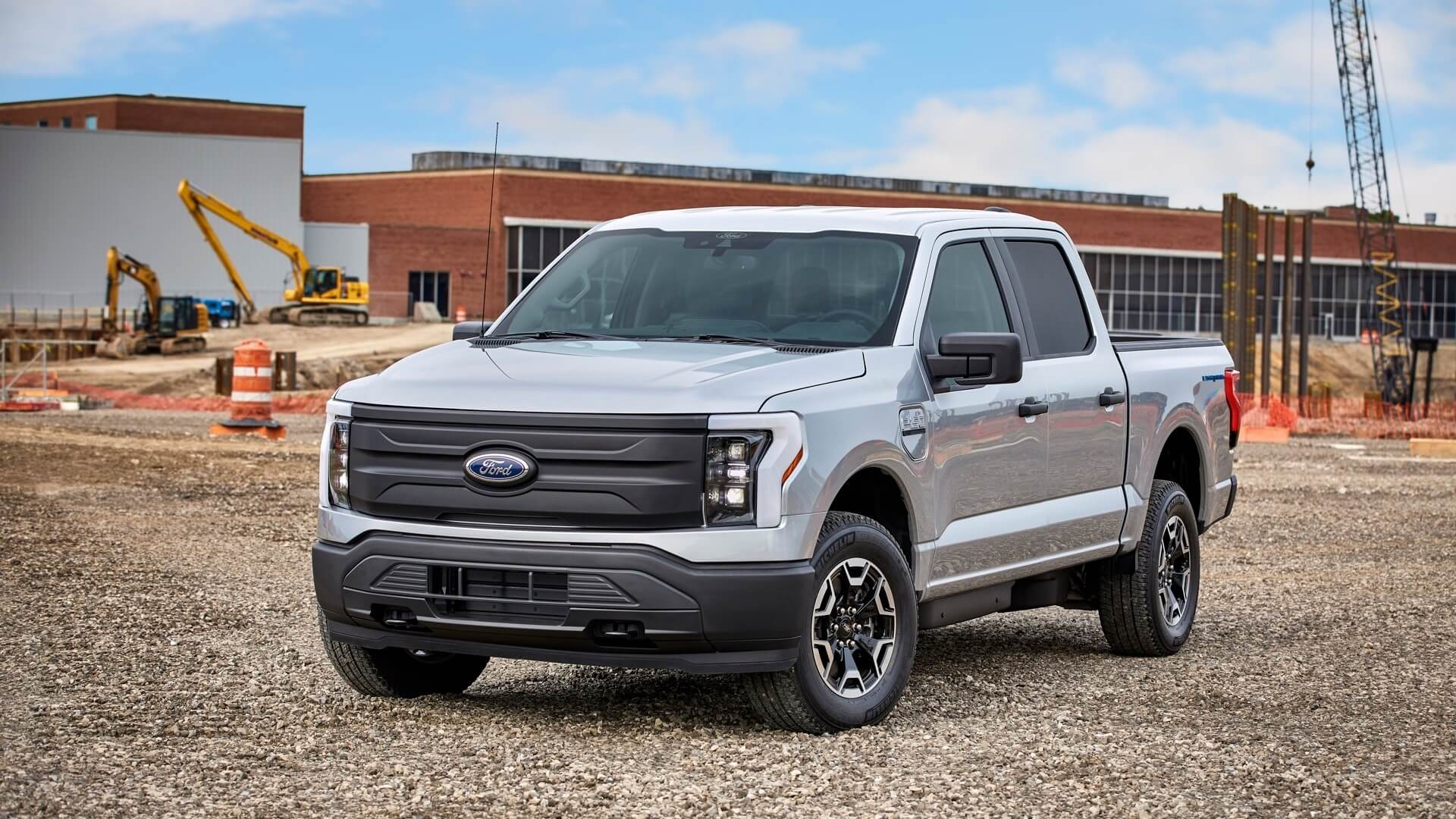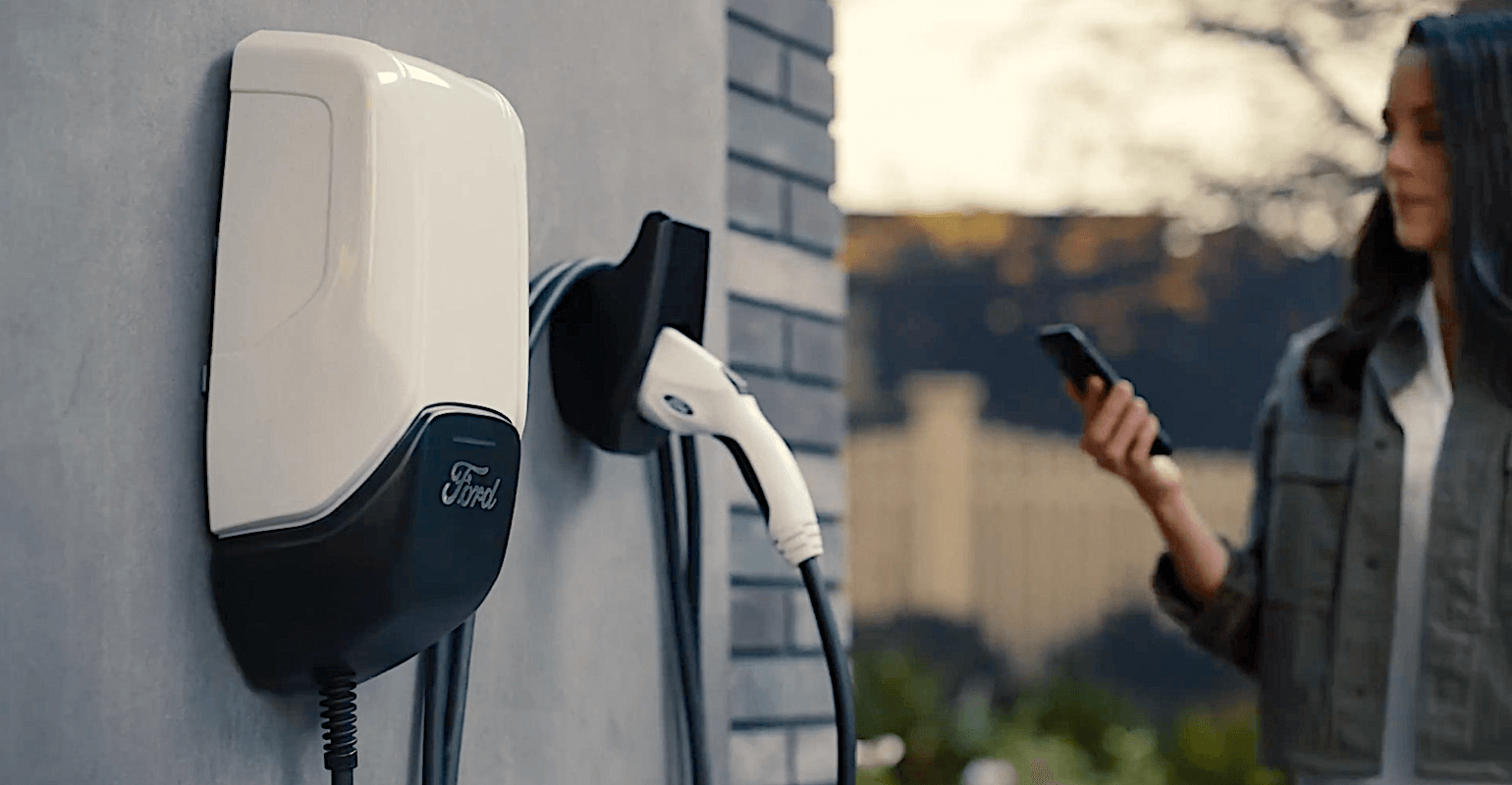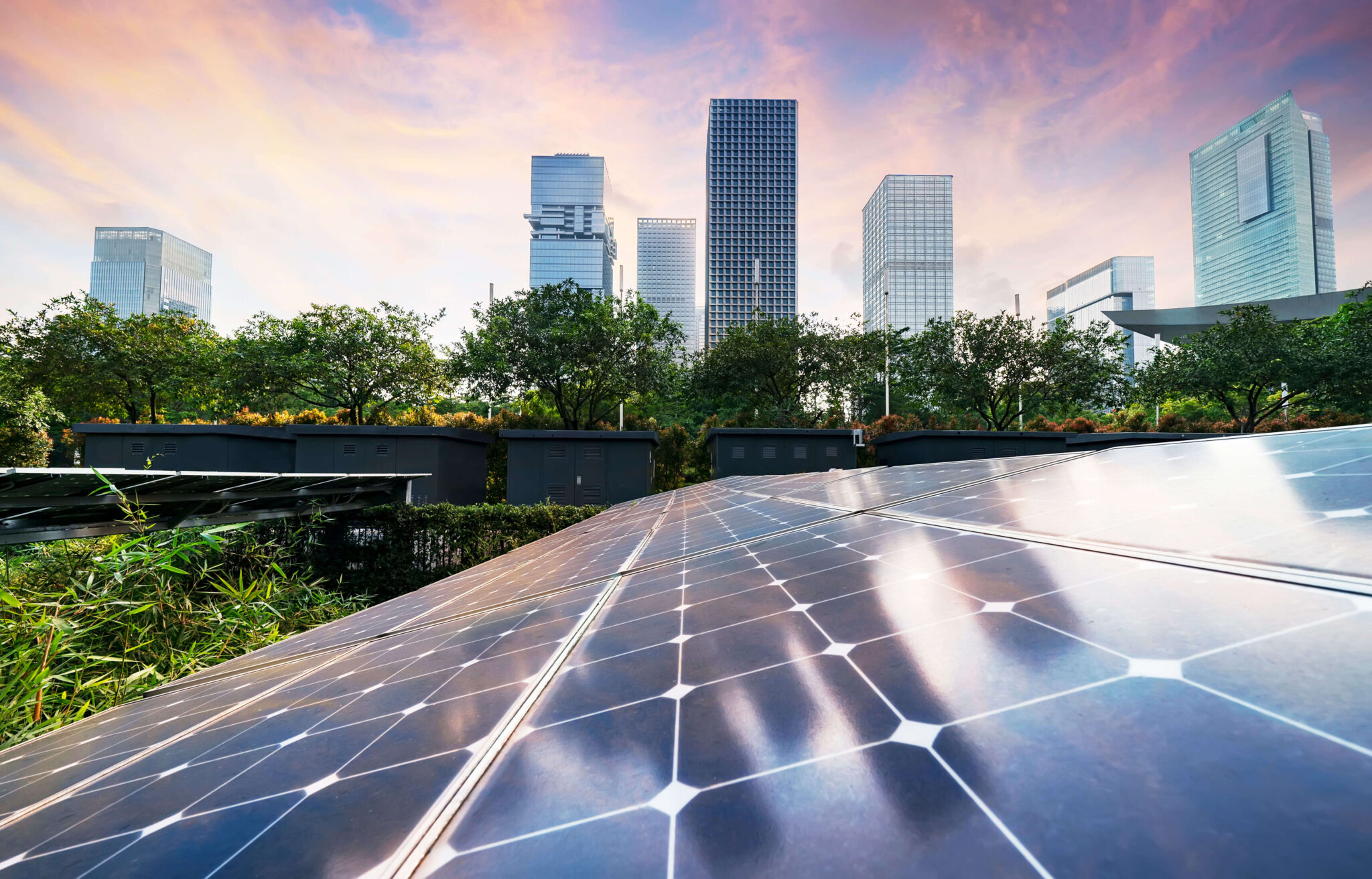What is V2G
As a potential or current EV owner, you are usually concerned with how energy can go into the car’s battery. Now, your home can use the same battery you charge to back up your home’s power needs during outages! Vehicle-to-Grid (V2G) will allow the battery in EVs to power loads in your home, just as your home feeds the solar power it generates back to the grid. Bi-directional V2G technology allows you to charge your car or, when needed, power the house during grid outages.
Benefits of using EV battery backup
The batteries installed in EVs have a considerable capacity. It takes a lot of energy to power a vehicle over hundreds of miles. To put this into perspective, the Tesla Powerwall 2 that we have been installing over the last few years has a capacity of 13.5 kWh per Powerwall. The new Ford F-150 Lightning standard range has 98 kWh of battery capacity. That is 7x the battery capacity meaning that most EVs with 70+ kWh batteries can power homes for multiple days in case of really bad power outages.
Now, when you are considering the purchase of an EV compared to a gas car, you have to believe that your EV can very well be a backup generator soon! With the Ford F-150 Lightning, you will be able to back up your home for three days or up to ten days if powering just the essentials. The duration of your backup power varies on what loads you are backing up.


What's the catch?
Of course, to enable V2G, you must install more equipment that you have to fit in the garage or around the house, typically next to the electrical panel and meter. With the F-150 Lightning, you will need the Ford Charge Station and Home Integration System to enable Ford Intelligent Backup Power. This 80-amp wall charger equates to having a 100A circuit added to your existing electrical panel. That is a big circuit to account for, and most homes with 200A main panels may not have the space to add this piece of equipment. An electrical service upgrade may be necessary, adding to the $3,895 Home Integration System hardware price before shipping, taxes, and installation costs. Now you must consider the space in the required locations of the house must be open electrically, physically, and financially.
Furthermore, utilizing your car’s battery as a backup generator will ultimately put more ‘mileage’ on the battery life. Increasing the number of charge and discharge cycles will lead to quicker battery degradation. Depending on the manufacturer, the EV and or battery may not have a warranty for V2G functions.
More equipment to install
Homes that have older electrical equipment will most likely require a service upgrade to be able to install a V2G backup interface safely. Newer homes with up-to-date services and panels won’t be as typical for a service upgrade. Still, each situation is different given the loads at each home or business. We at NWES can assess this for you to fully understand your electrical system’s capacity for these smart home upgrades.
Making way for a new electricity grid
Installing energy technologies such as solar and energy storage systems to control how they generate and store electricity—allows homeowners or businesses to save money and become energy independent. The next logical piece is an EV that utilizes electricity you can create at home to mobilize you. Now that you can have an EV with backup capacity, the energy inside the batteries can be transported and used simultaneously as a micro-grid scaled energy storage system. Such a system enables the effective use of intermittent renewable energy when the sun isn’t shining.

An emerging energy economy
EVs and batteries provide owners with resiliency and a return on investment through fuel cost savings and storing energy. V2G brings electricity to a new level, allowing for energy transportation, charging in different locations, and being usable when the grid goes out wherever you may be. With more homes and businesses leveraging solar energy to create their electricity, states like Washington will become more resilient and sustainable.


